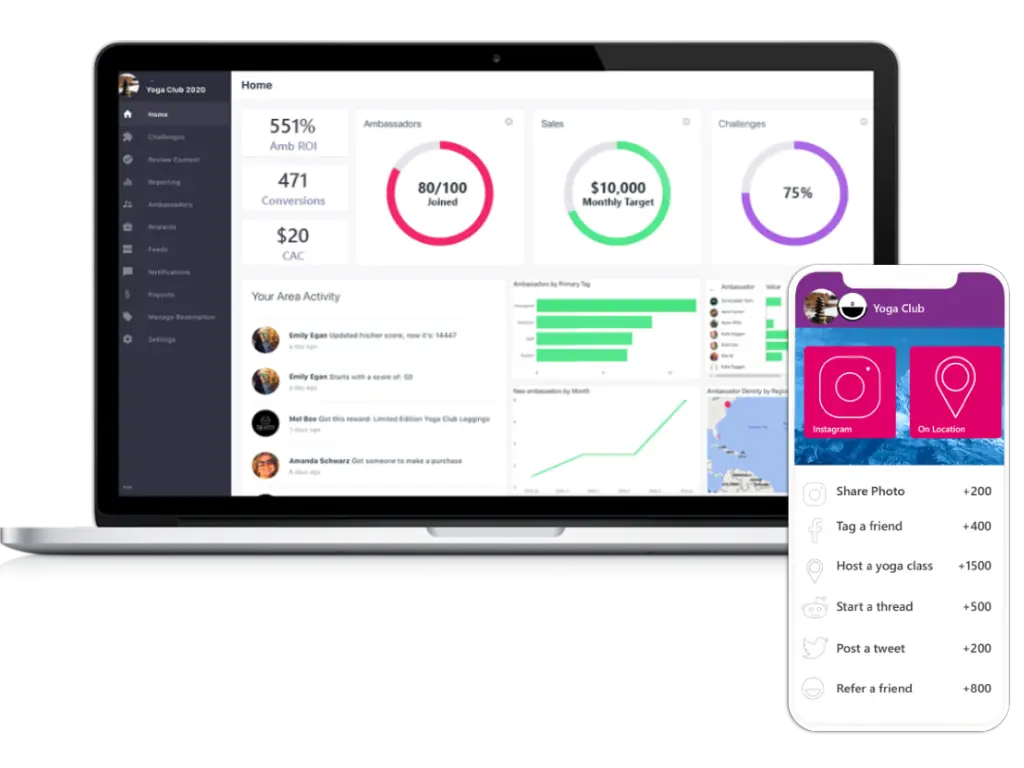With social media becoming more popular, influencers are becoming more common in a brand’s marketing efforts.
Specifically, brands are working with micro-influencers to reach new audiences.
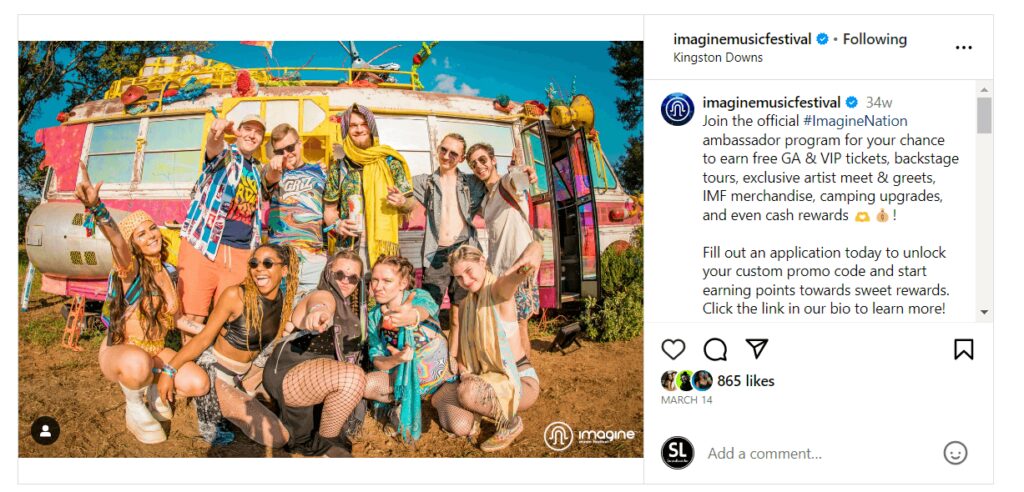
But what are micro-influencers in the first place?
Why are brands collaborating with micro-influencers?
Well, get ready as we answer your questions about brands working with micro-influencers.
What are Micro-influencers?
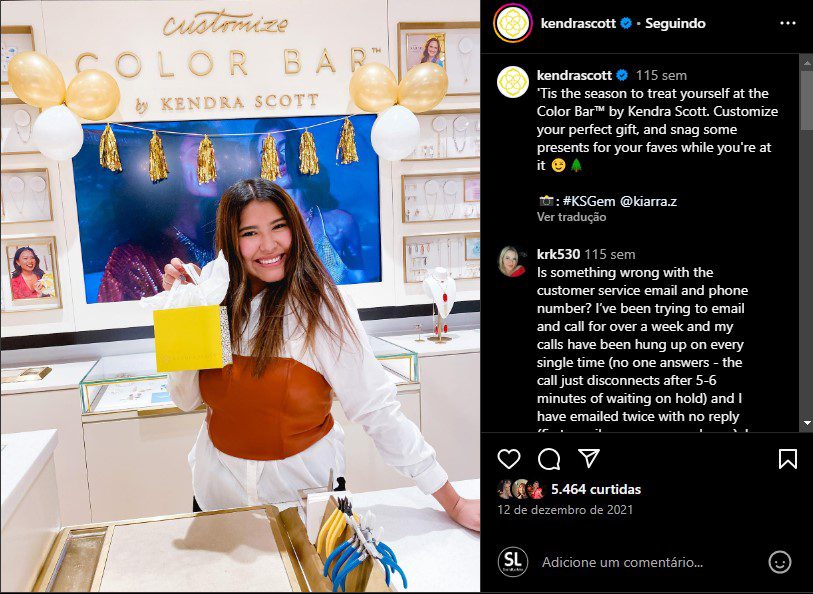
First off, what is an influencer?
An influencer is someone who can affect people’s decisions based on the audience’s opinions of him or her.
A micro-influencer does the same thing a macro-influencer does.
They both represent and share products from the brand they are a part of on social media to their audiences.
However, brands are still looking for micro-influencers.
Why?
Typically, there are six categories of influencers based on follower counts:
- Nano-influencers: 1,000 – 10,000
- Micro-influencers: 10,000 – 50,000
- Mid-tier influencers: 50,000 – 500,000
- Macro-influencers: 500,000 – 1 million
- Mega-influencers: 1 million – 5 million
- Celebrity influencers: Over 5 million
As you can see, micro-influencers have less followers compared to macro and mega-influencers.
But for some reason, micro-influencer programs and collaboration with micro-influencers are more common nowadays.
If you think about it, you may think it is strange that brands work with micro-influencers rather than macro-influencers.
“Macro-influencers have more followers, so working with them must be more effective.“
However, that’s usually not true.
+ Read More: Influencers, Affiliates, or Ambassadors: Which works best for you?
Why are Brands Collaborating with Micro-Influencers?
In practice, macro-influencers create 1 or 2 pieces of content endorsing the product or service. After that, the collaboration is over.
And the audience sees this transactional relationship. They see that money motivates the influencer rather than genuine passion.
Additionally, partnering with macro-influencers can cost lots of money.
So if you add all these factors, you get a costly, unsuccessful collaboration.
Brands recognize the unsuccessful nature of macro-influencer campaigns and turn to working with micro-influencers.
+ Read More: How Micro-Influencers at Coachella Are Revolutionizing Ambassador Marketing Programs

Unlike macro-influencers, micro-influencers are cost-effective. They don’t demand large amounts of money for 1 to 2 pieces of content.
This leads to a long partnership between the micro-influencer and the brand. Micro-influencers create multiple content and brands can easily compensate for their work.
And although they may not have a large following base like macro-influencers, their audience is dedicated and genuine followers.
So when a micro-influencer creates content about the brand they are collaborating with, it looks credible and authentic. It brings more credibility both to the creator and to the brand.
Therefore, brands that work with micro-influencers create a successful, long-lasting, cost-effective, and credible marketing campaign like no other!
Brands In-Practice
Now that you know why brands work with micro-influencers, take a look at brands who are doing this right now!
Coca-Cola
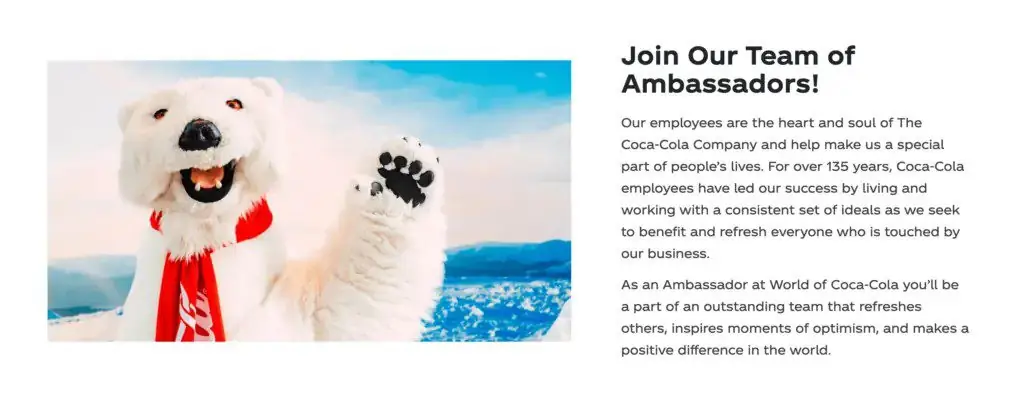
Coca-Cola works with micro-influencers to create authentic brand experiences that target new audiences.
These micro-influencers run a #cokeambassador campaign where they post photos of themselves including a coke.
Additionally, Coca-Cola sent them to different parts of the world to create an authentic narrative of global happiness.
As a result, Coca-Cola entered new markets globally, all thanks to working with micro-influencers.
Daniel Wellington
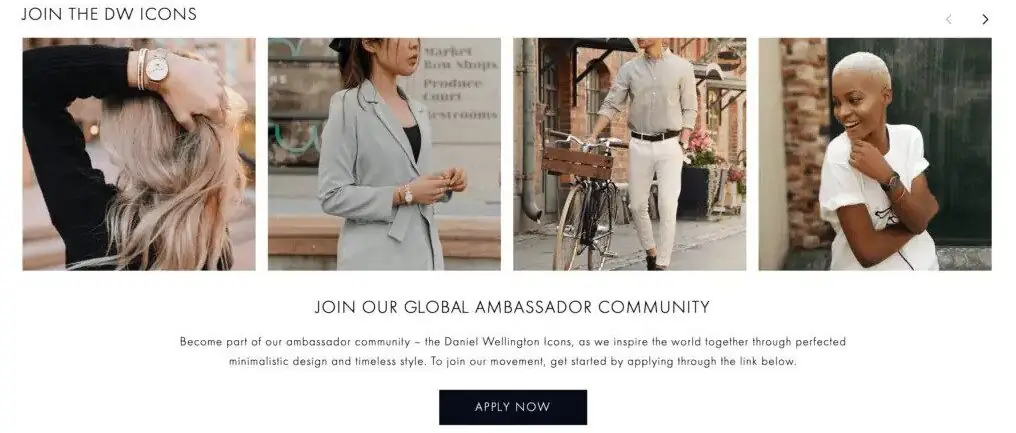
Daniel Wellington, a watch and jewelry brand, works with micro-influencers to boost brand visibility and sales.
Rather than focusing on the follower count, they focus on micro-influencers who have an engaged and dedicated community.
Once collaborating with micro-influencers, they receive benefits like commissions, gift cards, exclusive discounts, and more.
How to Work With Micro-Influencers?
So, you know what micro-influencers are, why brands work with them, and some examples of them.
In the evolving landscape of digital marketing, ambassador programs stand out as a strategic approach to fostering genuine connections and amplifying your brand’s presence.
Working with micro-influencers offers numerous advantages for brands looking to establish authentic connections with their target audience.
Collaborating with micro-influencers through ambassador programs can be a cost-effective way to boost brand awareness, drive engagement, and generate high-quality leads.
Well now, it’s time for you to put this into practice. It’s time to start working with micro-influencers!
+ Read More: How to Recruit Student Ambassadors in 4 Steps
If you don’t know where to start, look no further! SocialLadder can help.
